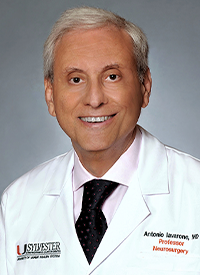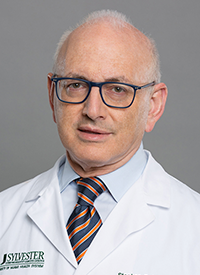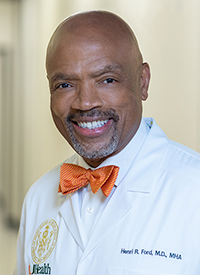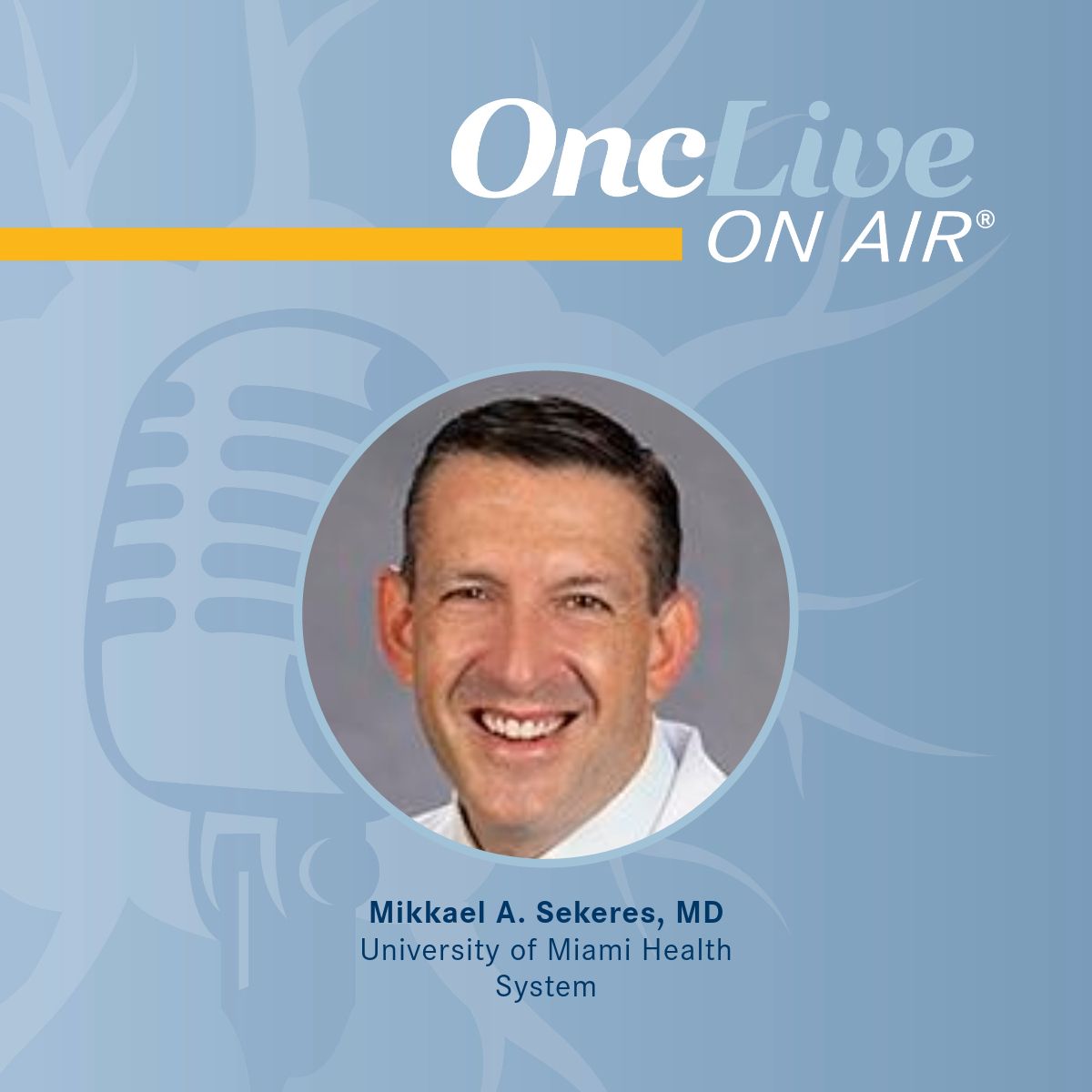Article
press release
Dr. Antonio Iavarone Is Committed to Changing How We Treat Brain Tumors
Author(s):
Antonio Iavarone, MD, has made a decades-long commitment to finding better treatments for glioblastoma and other aggressive brain tumors. As the new deputy director of Sylvester Comprehensive Cancer Center at the University of Miami Miller School of Medicine, he will have opportunities to do even more.
Antonio Iavarone, MD

“We are incredibly pleased that Dr. Iavarone has joined our leadership team at Sylvester,” said Stephen D. Nimer, MD, director of Sylvester, Oscar de la Renta Endowed Chair in Cancer Research, and executive dean for research at the Miller School. “He has been a leader in brain tumor research for more than 20 years and will bring many novel insights to our cancer center.”
A pediatric oncologist by training, Dr. Iavarone spent the last 20 years at Columbia University, where he was professor of neurology and pathology and cell biology, and where he made several important breakthroughs, such as identifying a novel genetic abnormality, the FGFR3-TACC3 fusion gene, in patients with glioblastoma. As yet, his achievements have not translated into improved patient outcomes, but his work can change the way these tumors are treated.
“Glioblastoma patients have benefited very little from the work we have done in the lab, thus far,” said Dr. Iavarone. “They are still given the same therapies they received 20 years ago because numerous clinical trials have been unsuccessful.”
Dr. Iavarone is both passionate about the scientific insights that come from research conducted by him and his colleagues and frustrated by the lack of meaningful clinical progress in the field. He believes that by harnessing Sylvester’s clinical and research acumen, he can help change the clinical trajectory for many brain tumor patients.
“I came to Sylvester because I want to give patients better tools to fight their disease,” he said. “While we may need to invent brand-new approaches, much can still be learned from work that is currently being conducted in research labs around the world. We must now translate those findings from the lab to the clinic.”
The Dismal Consequences of Glioblastoma
Saying glioblastomas are deadly would be selling them short. The five-year survival rate is only 6.8%, and the average patient lives only eight months after diagnosis. Unlike some cancers, historical treatments for malignant brain tumors have not significantly changed patients’ outcomes.
Stephen D. Nimer, MD

“Patients almost always receive the same treatments — radiation and a chemotherapy drug called temozolomide,” said Dr. Iavarone. “Obviously, given the prognosis that patients face, we must do better.”
One problem is that glioblastoma tumors are highly diverse. The mutations in one patient’s tumor may differ substantially from those in another’s. In fact, mutations may be different in different regions of the same tumor.
This has made clinical trials extremely difficult. Because these tumors are so molecularly diverse, it is challenging to find a single drug that is more effective than temozolamide in large clinical trials. It’s like trying to use the parts from a single make and model to repair 50 different types of cars: They’re just not going to work.
“These trials have been unsuccessful because they rarely study the tumors in sufficient depth so they can tailor the treatments to the needs of that specific patient,” said Dr. Iavarone. “If half of the tumor responds to one drug and the other half responds to a different one, when you treat the patient with just one drug, not only will the trial fail, but you won’t even know why it failed.”
Harnessing Molecular Tools and 3D Models to Personalize Care
Dr. Iavarone believes Sylvester researchers and clinicians can improve these outcomes. The first step is taking the molecular tools that have been so successful in the lab and bringing them into the clinical care of the patient.
The Sylvester team will be taking material from surgically removed tumors and analyzing it on multiple platforms to study DNA, RNA, proteins, metabolites, etc., and fully characterize each patient’s unique cancer in order to find its vulnerabilities.
Henri R. Ford, MD, MHA

“Dr. Iavarone and his team are tackling these challenging cancers with molecular analyses that will help create tailored, personalized treatments,” said Henri R. Ford, MD, MHA, dean and chief academic officer of the Miller School. “We see great potential to move the needle and improve patient outcomes.”
The molecular information that comes from these in-depth studies will help oncologists identify more effective therapies. In addition, biopsy material will be used to create 3D tumor models —called organoids — that closely mimic each patient’s cancer. The oncology team can then test different therapies on the organoids to determine the best therapeutic option.
“While the patient is recovering from the surgery, we can identify specific, tailored therapies that have been pretested using the patient’s own tumor cells,” said Dr. Iavarone. “We want to create an infrastructure that can provide real-time answers to deliver the best possible treatments — not tomorrow or next year, but now.”









